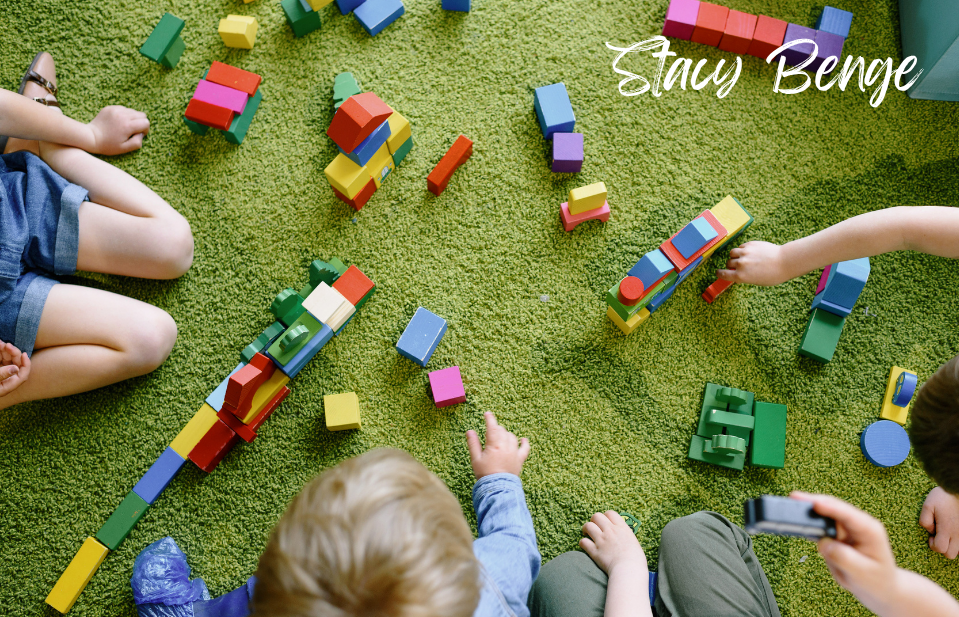
Have you ever asked a child what they did at school…and gotten a blank stare?
Or heard a teacher say, “Oh, we just played today,” and wondered what that actually meant?
I’ll never forget a mom who shared this story with me...
She picked up her daughter from preschool and asked the teacher how her day went.
The teacher smiled and said, “We played today!”
That was it. So later that night, the mom casually asked her daughter about her day.
And her daughter lights up.
She starts talking about how she built a fort under the art table with her friends, how she wrote a secret message in squiggly lines and pretended it was a treasure map, and how she and another child got into an argument—but then worked it out all on their own.
And the mom just sat there thinking… Wait. That’s what you meant by ‘just played’?
Her daughter built, wrote, problem-solved, and collaborated—that wasn’t “just” anything.
That was a full day of meaningful learning.
So no, she didn’t complete a worksheet. She didn’t trace her letters or cut along the dotted line. But she built something, expressed herself through emergent writing, collaborated, negotiated, and solved a problem.
In other words, she learned.
And that’s the part we so often miss:
Not all learning looks academic.
When we only measure learning by what’s visible—like a paper in a folder or a finished craft—we miss the deeper, more meaningful work that happens in the background.
Real learning often looks like play, conversation, and imagination.
So how do we start noticing—and honoring—that kind of hidden learning?
1. Ask different questions.
Instead of the usual “What did you learn today?”—which often gets you a shrug or a “nothing”—try questions that tap into emotion and experience.
→ “What made you smile today?”
→ “Who did you play with?”
→ “Did anything surprise you?”
These kinds of questions open the door for children to share what felt meaningful to them—not just what they think adults want to hear.
2. Protect time for unstructured play.
It’s easy to fill every minute with structured activities, but unstructured time is where some of the richest learning happens.
When children are free to explore, they start connecting the dots on their own—building stories, testing ideas, and solving problems.
That’s where curiosity takes the lead, and that’s when real, lasting learning sticks.
3. Rethink how you define and describe learning.
This one’s big, and it starts with us.
If a child spends 30 minutes running a pretend bakery, they’re not “just playing.” They’re practicing sequencing, using language and literacy, negotiating roles, even working with early math concepts (How much for the cookie? What time does the bakery open?).
And all of that happened without a single worksheet, pencil, or formal lesson.
The more we see the learning behind the play, the more we can support it—and explain it to others with confidence.
Cheering you on,
Stacy